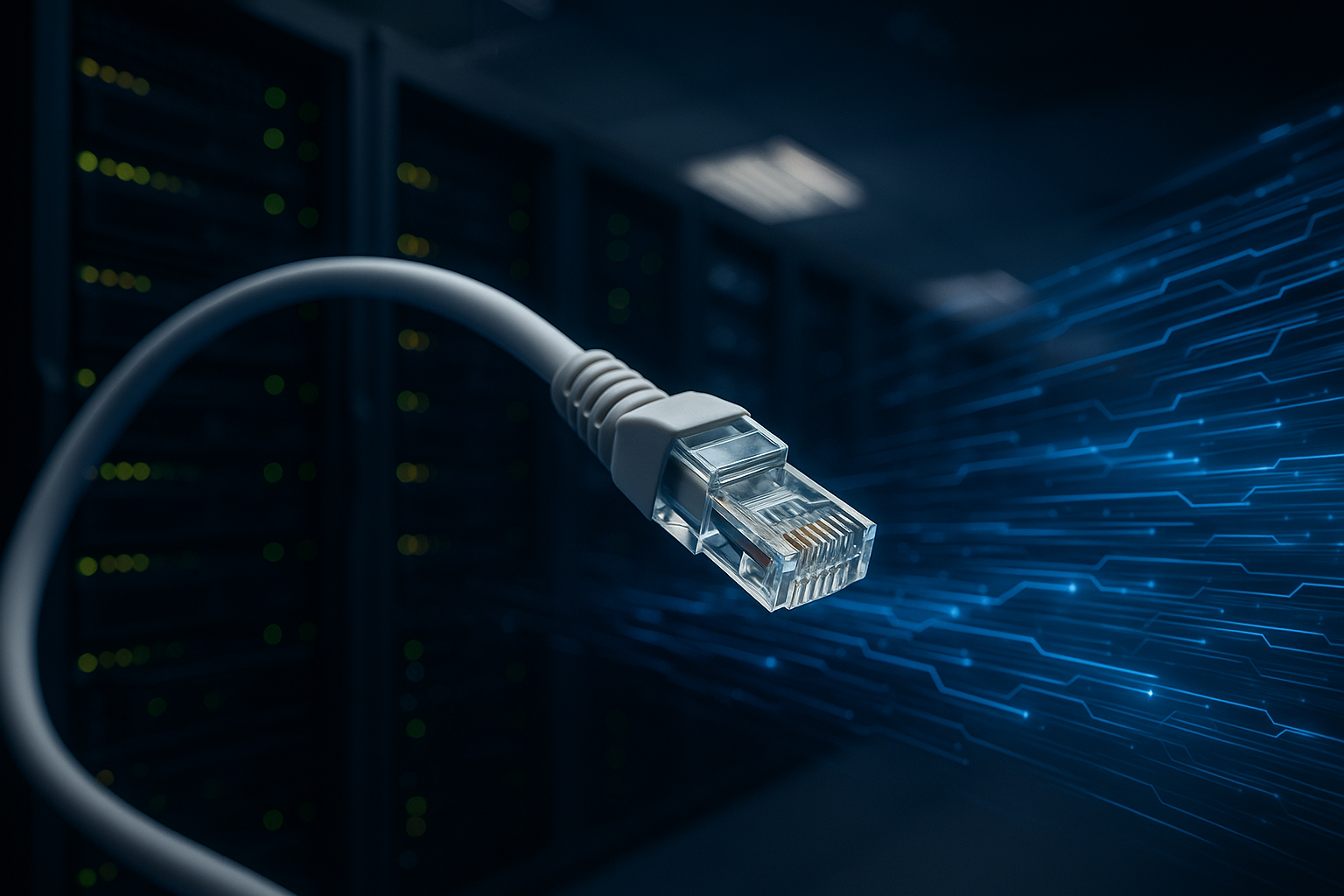Global connectivity trends reshaping access in 2025
Global connectivity in 2025 reflects shifts in technology, policy, and business models that affect how people and devices access the internet. From expanding broadband and fiber deployments to satellite initiatives and evolving 5G networks, changes are influencing speed, latency, cost, and privacy across urban and rural areas. This article summarizes key trends shaping access worldwide.

Global connectivity in 2025 is marked by a mix of incremental upgrades and disruptive deployments that change who can connect and how reliably they can use online services. Investments in fiber and spectrum auctions continue alongside satellite constellations and 5G rollouts, producing a diverse access landscape. As networks evolve, attention to latency, cybersecurity, and affordability is shaping policy and provider choices, with particular focus on bridging gaps in rural and underserved communities.
How is connectivity evolving globally?
Connectivity is expanding through a combination of fixed and wireless solutions. Urban centers often see denser fiber and small-cell 5G builds that increase capacity and reduce congestion, while mixed approaches—fixed wireless, fiber-to-the-home, and hybrid models—serve growing demand for high-bandwidth applications. Network management is shifting to software-driven orchestration to optimize traffic and improve reliability. These changes enable more devices and services to coexist on shared infrastructure, supporting remote work, cloud services, and content delivery with fewer interruptions.
What changes are coming to broadband and fiber?
Broadband improvements in 2025 emphasize both speed and consistency. Fiber deployments remain a key priority where permits and capital allow, delivering symmetrical upload and download rates that support video conferencing, telemedicine, and cloud backups. In many regions, cable operators upgrade to DOCSIS 4.0 while municipalities pursue public-private partnerships to extend fiber to underserved neighborhoods. Broadband policy is increasingly targeting minimum performance standards, and consumer expectations are shifting toward reliable low-latency connections rather than headline peak speeds alone.
How is 5G affecting latency and IoT?
5G continues to influence latency-sensitive applications and massive IoT rollouts. Enhanced Mobile Broadband (eMBB) improves mobile throughput, while Ultra-Reliable Low-Latency Communications (URLLC) supports industrial automation and certain healthcare use cases. Edge computing installations paired with 5G reduce round-trip times for critical services. For IoT, lower-power wide-area (LPWA) technologies coexist with 5G NB-IoT and LTE-M to serve sensors and telemetry where battery life and cost matter. Network slicing enables differentiated latency and throughput profiles for enterprise and consumer services.
What role do satellite and spectrum play?
Satellite systems are expanding coverage, particularly over remote and maritime regions, using low-Earth-orbit (LEO) constellations that reduce latency compared with traditional geostationary platforms. These systems complement terrestrial networks where fiber or cell towers are impractical. Spectrum allocation remains a central issue: regulators balance licensed versus shared bands, and mid-band spectrum auctions are critical for broad 5G performance. Harmonized spectrum policies and cross-border coordination help reduce roaming complexity and support more predictable international services.
How are cybersecurity and privacy challenges shifting?
As networks diversify, attack surfaces broaden. Increased device density from IoT and more complex supply chains create new risks for intrusion, data exfiltration, and service disruption. Security approaches increasingly combine network-level protections, stronger encryption practices, and zero-trust principles for device authentication. Privacy frameworks are adapting to cross-jurisdictional data flows, with regulators clarifying obligations for data minimization and breach notification. Consumers and enterprises face trade-offs between convenience, data collection, and protection of personal information.
What improves rural access and affordability?
Real-world cost and deployment strategies are central to expanding rural access. Governments and operators use subsidies, universal service funds, and public-private partnerships to extend infrastructure where returns are lower. Hybrid models—satellite backhaul combined with local fiber or fixed wireless access—are common. Affordability programs, regional wholesale pricing, and competition among providers also affect adoption. Below is a concise comparison of representative providers and services that illustrate typical cost ranges and service approaches for different connectivity types.
| Product/Service | Provider | Cost Estimation —|—:|—: Residential Fiber (500–1000 Mbps) | Comcast Xfinity (US) | $40–$80/month (promotional to regular pricing varies) Mobile 5G Home Internet | Verizon 5G Home (US) | $50–$70/month (depends on plan and region) Consumer Satellite Internet (LEO) | Starlink (SpaceX) | $70–$120/month (hardware fee one-time) Geostationary Satellite | HughesNet | $60–$150/month (varies by data allowance) Fixed Wireless / Rural ISP | Regional providers (varies) | $30–$100/month (depends on speed and subsidy) —
Prices, rates, or cost estimates mentioned in this article are based on the latest available information but may change over time. Independent research is advised before making financial decisions.
Conclusion The connectivity landscape in 2025 is shaped by a mixture of fiber expansion, 5G progression, and satellite augmentation, each addressing different access needs. Priority areas include reducing latency for critical applications, strengthening cybersecurity and privacy protections, and improving affordability for rural and underserved populations. Ongoing coordination between regulators, providers, and communities will determine how equitably and reliably these technologies translate into everyday access.





